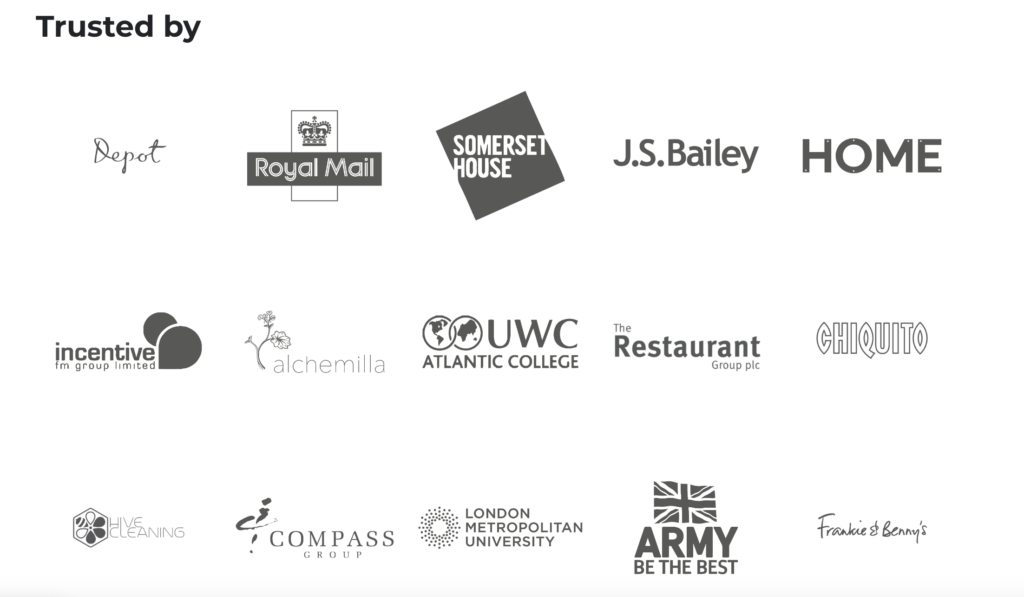ECA?
The Hypochlorous Science
Hypochlorous acid is an Electro Chemically Activated (ECA) disinfectant. This is the term used for processes that produce powerful but entirely safe disinfectants and cleaning solutions using only ordinary water and salt passed across a patented electrochemical cell.
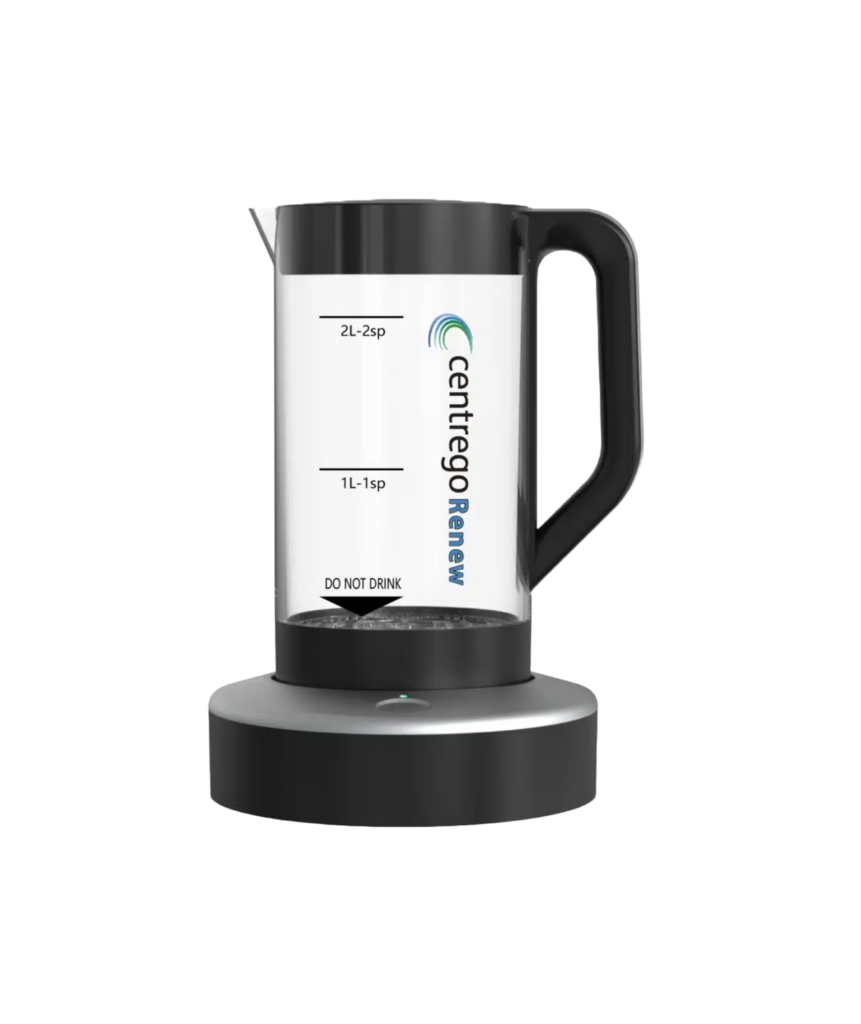
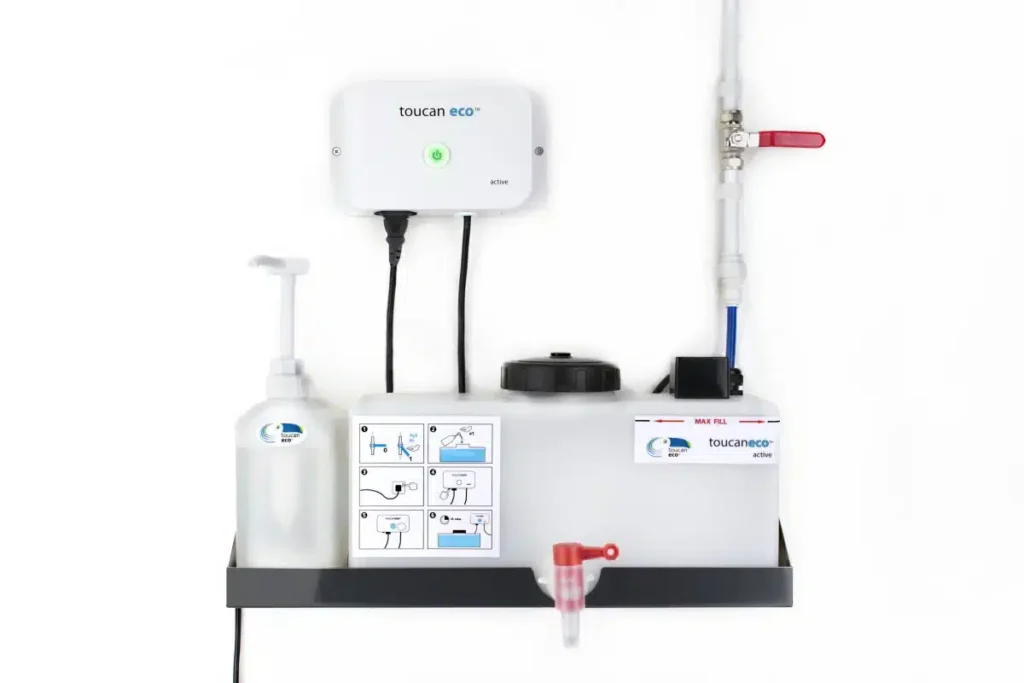

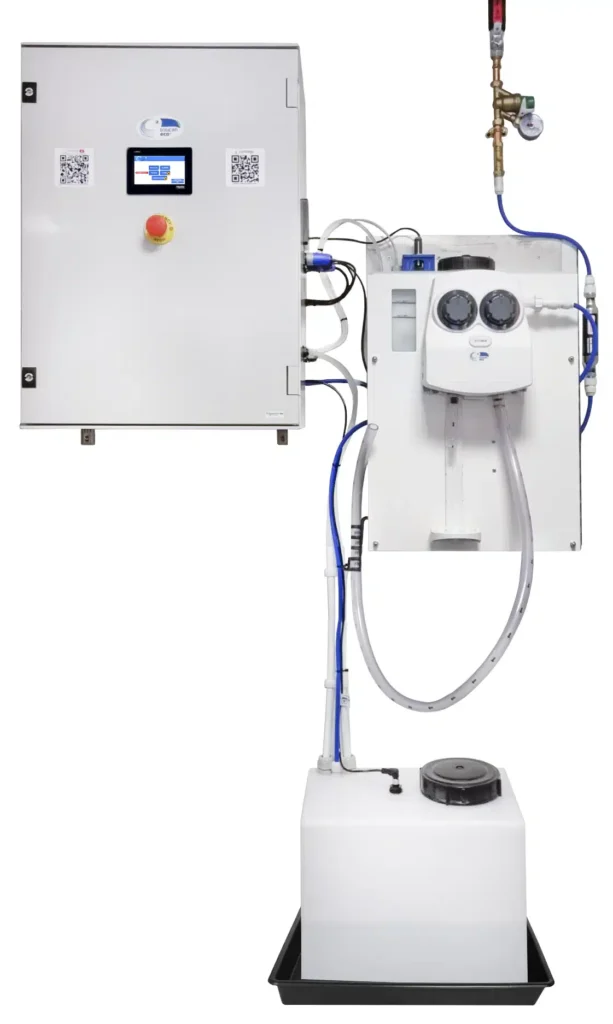
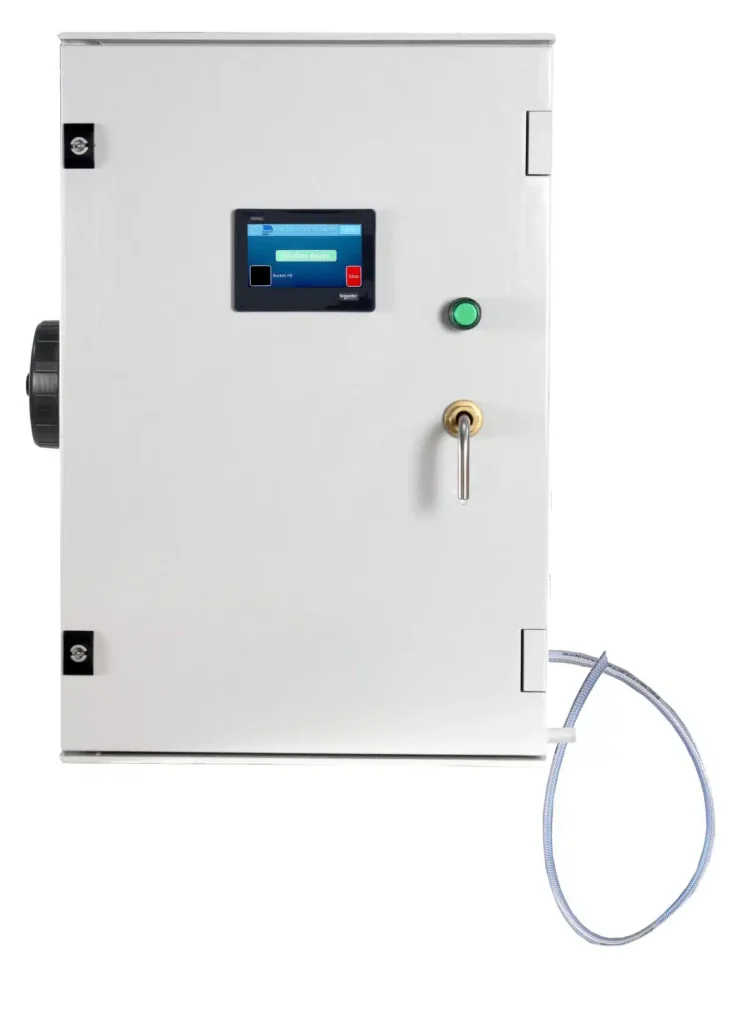
Tell me more!
Hypochlorous acid (HOCl) is widely recognized for its effectiveness as a medical-grade disinfectant. Here are the top five benefits:
1. Broad-Spectrum Antimicrobial Activity:
Hypochlorous acid is highly effective against a wide range of pathogens, including bacteria, viruses, fungi, and spores. It is capable of killing various harmful microorganisms that cause infections and diseases.
2. Non-Toxic and Safe:
Unlike many traditional disinfectants, hypochlorous acid is non-toxic and safe for use around humans and animals. It does not cause irritation to the skin, eyes, or respiratory system, making it suitable for frequent use in medical settings.
3. Rapid Action:
HOCl works quickly to disinfect surfaces and equipment. It can kill most pathogens within seconds to minutes, which is crucial in environments where swift action is needed to prevent the spread of infections.
4. Eco-Friendly:
Hypochlorous acid is environmentally friendly, as it breaks down into harmless substances (water and a small amount of chloride) after use. It does not contribute to environmental pollution and is biodegradable.
5. Versatile Application:
HOCl can be used in various forms, such as sprays, wipes, and solutions, making it versatile for different disinfection needs. It can be applied to surfaces, medical instruments, and even used for wound care and sanitizing air and water.
The Hypochlorous Science !
Hypochlorous is an Effective Antimicrobial Disinfectant
It’s called electrochemical activation (or ECA for short), which is a form of electrolysis. It’s the process of passing an electrical current using a specialised cell through a solution of water (H20) mixed with a small amount of salt (NaCL) – 1g of salt per litre of water in fact. The electrochemical activation breaks the compounds apart into their basic elements.
The reaction oxidises at the positively charged electrode (the anode) and reduces at the negatively charged electrode (the cathode). This makes the 100ppm of free available chlorine (FAC) solution with changed chemical properties; a powerful but safe disinfectant and cleaning solution. That’s the ready to use solution as some of the models make a much higher concentration which is then diluted dispensed to 100ppm.
At the positive anode, the hydrogen and oxygen in the water reacts with the chlorine in the salt to produce the main, active substance called hypochlorous acid (HCIO), which is a powerful but safe disinfectant. This solution naturally wants to revert back to its original state by oxidising, for example, other organic matter. That’s part of its effectiveness.
At the negatively charged cathode the sodium and chlorine in the salt combines with the oxygen in the water to produce a mild form of sodium hypochlorite (NaClO). This is a gentle cleaning agent.
Toucan Eco
Clients Using Toucan Eco
